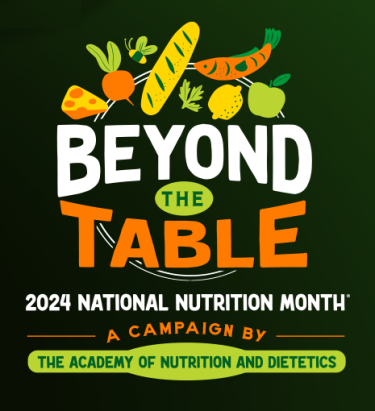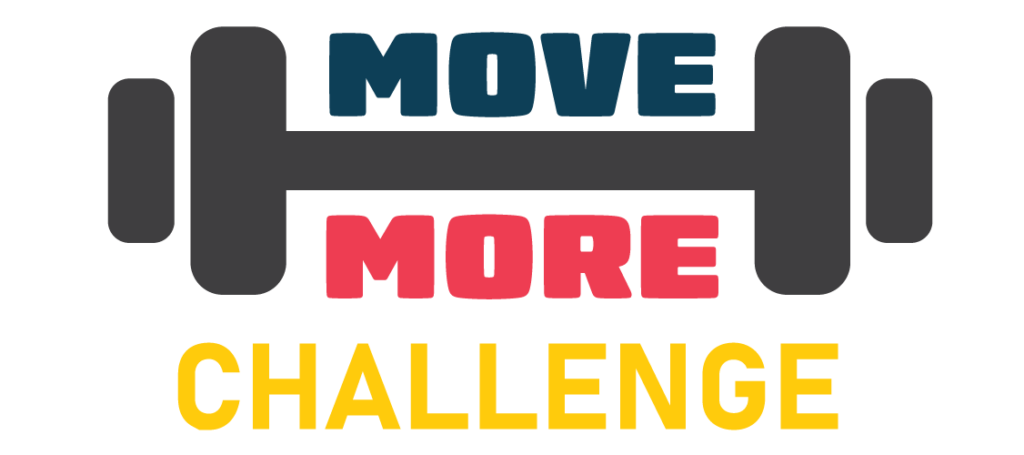March is National Nutrition Month®, a time dedicated to raising awareness about the significance of making informed food choices and developing healthy eating habits. This year’s theme, “Beyond the Table,” addresses the farm-to-fork aspect of nutrition, from food production and distribution to navigating grocery stores and farmers markets — and even home food safety and storage practices. It also describes the various ways we eat — not only around a dinner table, but also on the go, in schools and restaurants, at games and events. This theme also includes sustainability, for instance, decreasing food waste from school and work to home and beyond.
As we navigate the complexities of modern diets and lifestyles, National Nutrition Month serves as a timely reminder to prioritize our health and make informed choices about the foods we consume. By embracing the principles of balance, variety, and moderation, we can cultivate healthier habits that promote wellness and vitality for ourselves and future generations.
This March, let’s celebrate National Nutrition Month by embracing the power of nutrition to nourish our bodies, nurture our health, and enhance our quality of life. Whether it is through trying new recipes, participating in community events, or simply making small, positive changes to our diets, let’s take this opportunity to invest in our well-being and empower others to do the same.
Here are some ways you can celebrate at home:
- Commit to trying a new fruit or vegetable each week during National Nutrition Month®.
- Give family members a role in meal planning and let them pick out different recipes to try.
- Plan to eat more meals together as a family or with friends during National Nutrition Month®.
- Explore local community food systems such as the Intervale Food Hub or the ACORN Food Hub.
- If you watch TV, take breaks during commercials to be physically active.
- Practice mindful eating by limiting screentime at mealtime — including phones, computers, TV, and other devices.
- Try more meatless meals — choices like beans and lentils are versatile plant-based protein sources that work in a variety of dishes.
- Let everyone help with food preparation — a skill for people of all ages. If you have kids, there are age-appropriate tasks they may enjoy learning how to do.
- Bring out the flavors of food by trying new herbs, spices, or citrus fruit such as lemon or lime.




